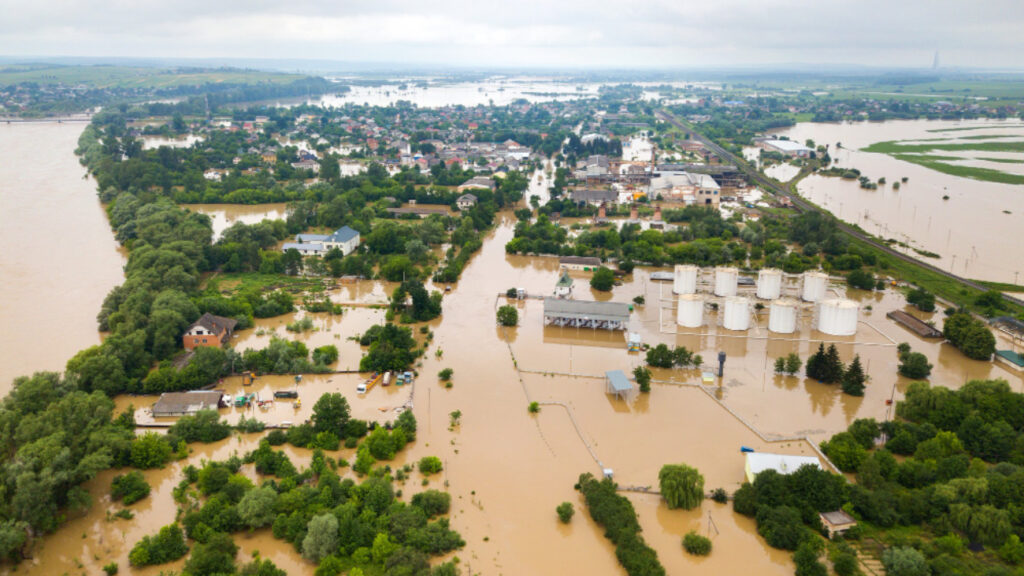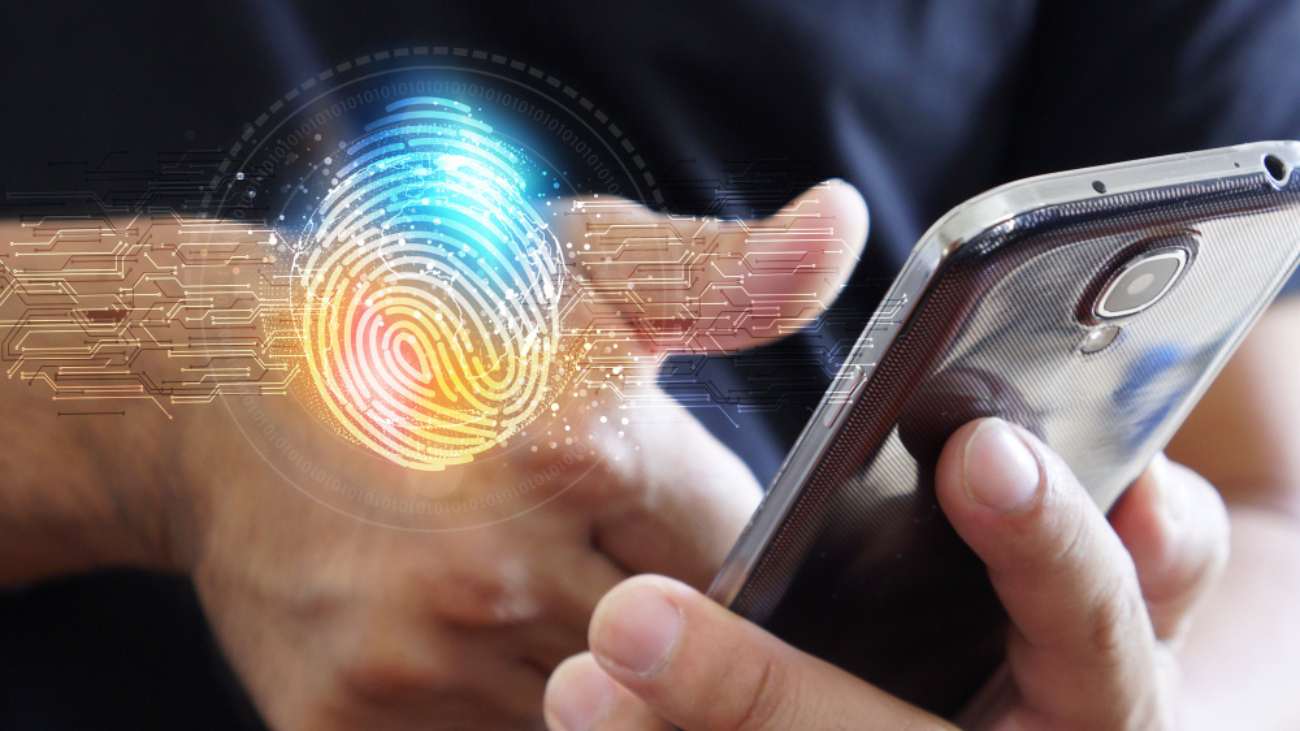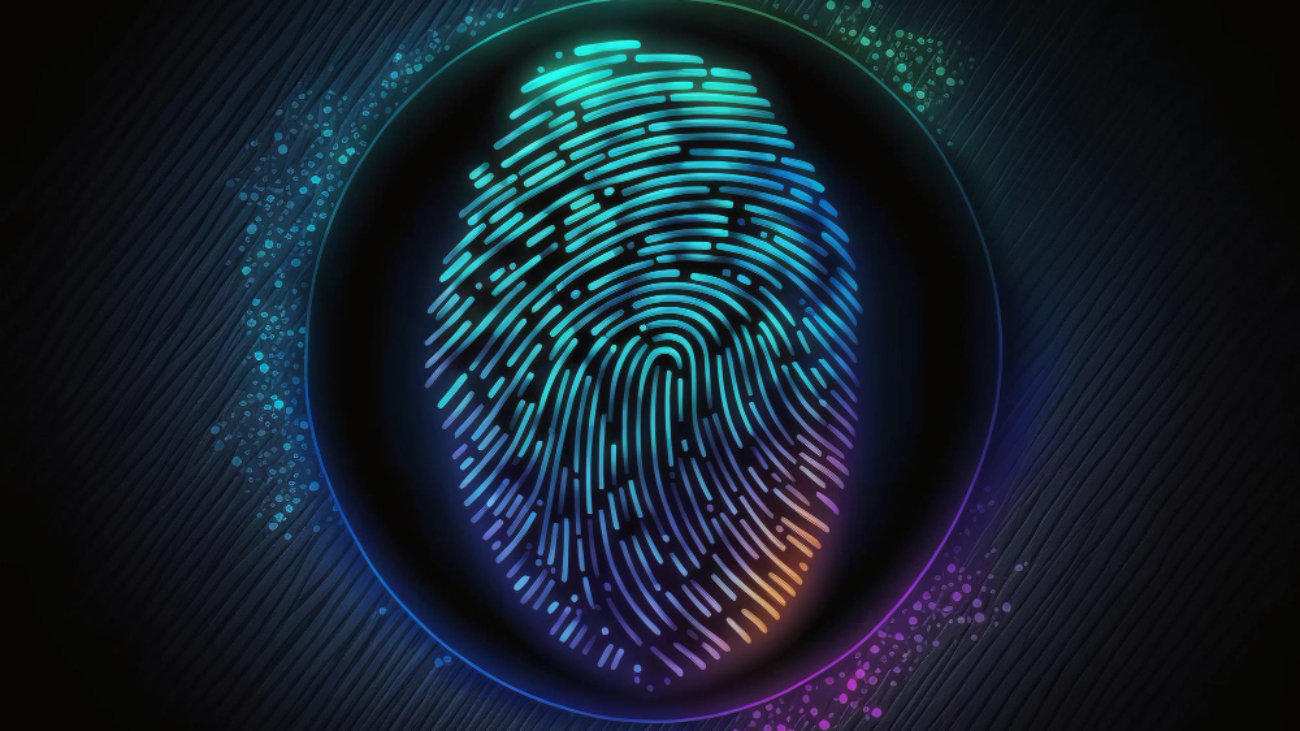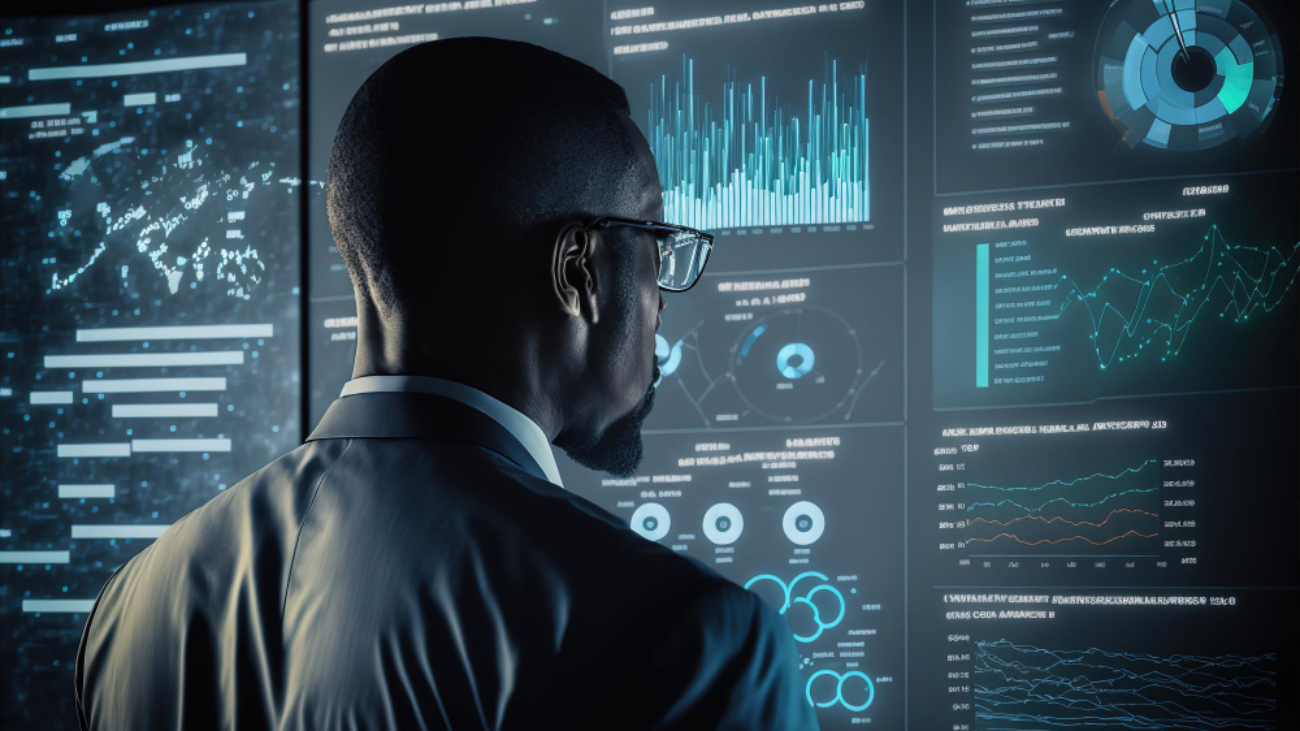Use of biometrics has been speeding up disaster response and helped in identifying the victims via fingerprints or facial tracking in the last couple of years observed Bahaa Abdul Hadi. Biometrics-based technology has a long history with events of mass fatality and has been used extensively in DVI or disaster victim identification.
They have made a huge difference in disaster recovery for everything from Hurricane Katrina, Super Typhoon Haiyan and the latest Turkey earthquakes to explosions in Ukraine and the crash of Malaysian airplane MH17. The appeal of biometrics lies in its ability to combine ease of tracking with immediacy in data retrieval, sometimes even making the difference between life and death.
Edge over conventional verification processes
The use of biometrics in calamity response has proven to be highly efficient as it saves time and effort in identifying the victims. Traditionally, the manual verification process may take 1-2 days but with biometrics-based tech, we can instantly conjure up the data of the persons. Even with cases of fingerprint erasure on the body, fingerprint sensors have been able to precisely verify the identity in just minutes.
Mitigation time and information recovery
In the era of smartphones and biometrics readers, it has become easier than ever to provide first response to any catastrophe. Relatives of victims no longer have to anxiously wait and the police, fire and healthcare services can also react quickly with the help of this life-saving data. Visual detection and fingerprint sensing in the event of explosions, accidents or terrorist attacks have proven to be valuable in alerting all the pertinent individuals.
Rescuing minors
Another avenue of importance where biometrics emerges as the winner is for saving the children during a crisis. When kids are unable to give accurate information about their family, biometrics tech comes in handy for verifying their identities. A simple search through the national database or missing children reports will match the fingerprints and find their identities.
Digital response mechanism
The use of biometrics at the scene of the accident works seamlessly with digitalized processes used by the government to send relief services. Relief measures that operate at the centre can all be streamlined and rendered quickly once the vital information about victims’ identities is handed to the government. Every stage of response is benefited by the initial employment of fingerprint and facial detection. For these reasons, biometrics has been prominently employed in recent times and is hailed as the future of both man-made and natural disaster response.
Thank you for your interest in Bahaa Abdul Hadi blogs. For more information, please stay tuned to www.bahaaabdulhadi.com







